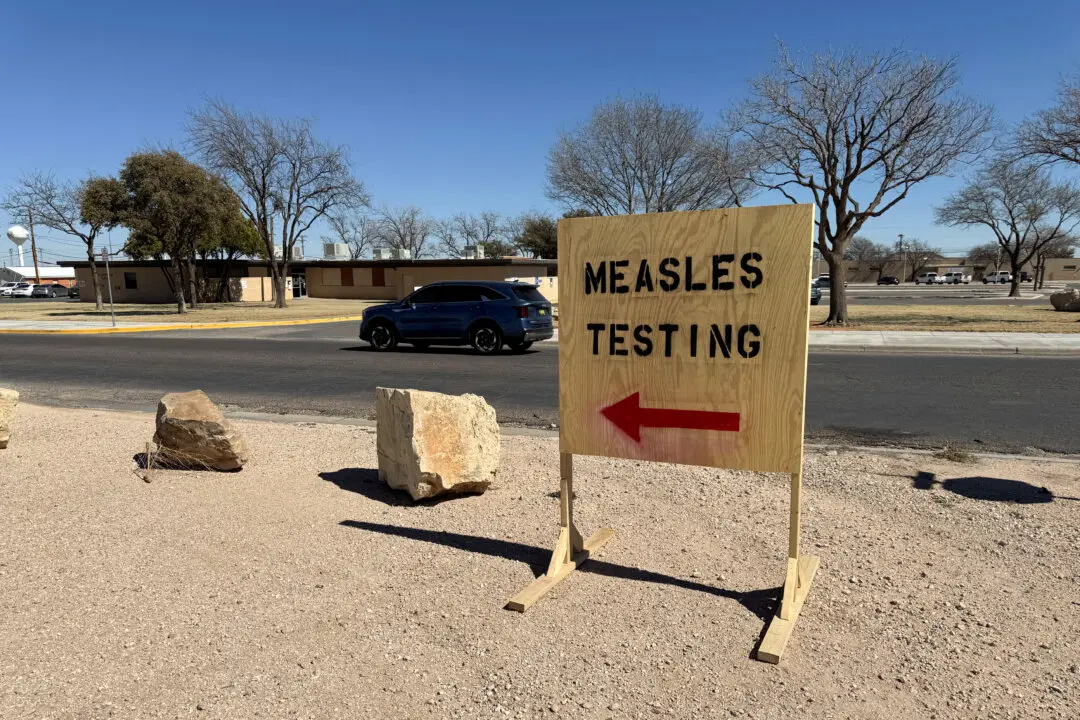About six months ago, an orca carried the body of its dead calf for weeks, capturing the world’s attention.
The bottlenose dolphin has been carrying the calf on its back in waters near New Zealand’s Bay of Islands.
“If in doubt avoid all dolphin groups in the Bay of Islands,” said Dr. Catherine Peters, with the DOC, in a statement. The DOC said it is urging boaters to keep away from the dolphin and calf.
Peters said the dolphin is grieving the loss of its calf, and people in the water need to give the animal “extra space.”
“The rest of the dolphin group has at times separated from the female leaving her vulnerable. She has dropped the calf frequently as she tried to swim, and then circles back to retrieve it,” the DOC also wrote.

During the summer, which is now in New Zealand, is when most dolphins give birth.
“If dolphin mothers are subject to ongoing disturbance they are prevented from doing what is necessary to care for themselves and their calves,” the statement said.
The DOC also issued recommendations on how to approach dolphins.
-Carefully approach dolphins from their side and slightly to the rear
-Operate your boat slowly and quietly at ‘no wake’ speed within 300m
-Don’t approach a group of dolphins if three or more boats are already within 300 meters (1,000 feet) of the group
-Maneuver your boat carefully—do not obstruct their path, cut through a group, or separate mothers from calves
-If you would like to observe bottlenose dolphins switch off your motor and give the animals plenty of space
-This lets the dolphins carry on with important activities like nursing and catching fish. If they are not interested leave them alone
-Give dolphin mums and calves extra space
-If you spot a dolphin less than half the size of an adult, keep your vessel 100 m away from the mother and calf
-Give bottlenose dolphins a break from all boats between 11:30 a.m. and 1:30 p.m.—do not approach them during this time

Orca Carries Dead Calf
Last year, an orca named J35, or Tahlequah, was carrying its dead calf since it was born on July 24.After it died, the animal refused to let it sink to the bottom to be eaten by predators. Instead, it kept the calf afloat, pushing it with her forehead while heading east from the southeast tip of Vancouver Island, Canada toward San Juan Island, north of Puget Sound.

The animal’s “tour of grief is now over and her behavior is remarkably frisky,” said the Center for Whale Research.





